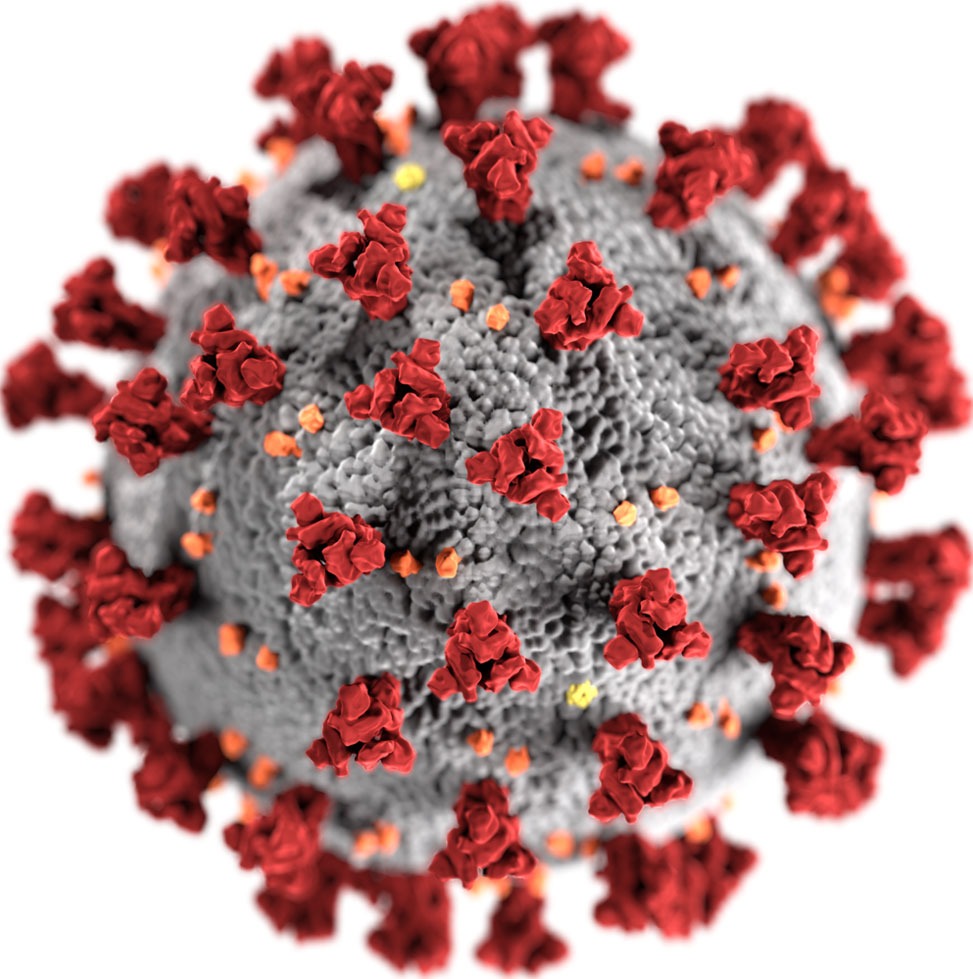
March 2, 2020; New York Times
Over the past four years, NPQ has admired individual states, cities, and communities whose crisis response has not only coped for lackluster federal action but has risen above coping to leadership. Last week, we wrote about community organizations in China struggling to cope with the coronavirus outbreak. This week, the virus and a weak federal response to it have spread to the US.
The New York Times reports that the Centers for Disease Control and Prevention (CDC) has slowed the US response to coronavirus by failing to make sure people were tested early and often. Very few Americans have been tested so far, for two main reasons: One is the lack of testing kits. The CDC sent hundreds of kits that didn’t work to state and local laboratories, and when this was discovered, they didn’t send working replacements for several weeks. Two is the stringent limits that were placed on testing until yesterday. People returning to the US from infected communities, showing symptoms, were told they didn’t meet the requirements and denied testing.
“The incompetence has really exceeded what anyone would expect with the CDC,” said Dr. Michael Mina, an epidemiologist at Harvard University. “This is not a difficult problem to solve in the world of viruses.”
The tests were a frustrating and solvable problem. Though the US first delivered its faulty kits in February, German researchers had produced and rolled out a working diagnostic test in January, which the Food & Drug Administration (FDA) did not authorize for use, though they have the authority to do so. The World Health Organization (WHO) adopted the test soon after its release.
The CDC continued to use only its own test, so there was a bottleneck, and results took days. Last week, the FDA finally authorized state and local labs to do their own testing, to speed up the process.
Sign up for our free newsletters
Subscribe to NPQ's newsletters to have our top stories delivered directly to your inbox.
By signing up, you agree to our privacy policy and terms of use, and to receive messages from NPQ and our partners.
“It’s just a very American approach to say, ‘We’re the US, the major US public health lab, and we’re going to not follow the leader,’” Dr. Mina said.
In 2018, Ed Yong of the Atlantic did an in-depth profile of US pandemic preparedness and found that, though a few individual hospitals had stellar facilities and protocols, the nation as a whole had a decentralized and under-funded response. The budgets of programs like the Global Health Security Agenda and the Hospital Preparedness Program have been cut by as much as half in the last ten years, but getting new money allocated to fight pandemics may be tough: The $1.9 billion that President Obama wanted to authorize to fight Zika was delayed for seven months because Republicans didn’t want the funds to go to clinics that worked with Planned Parenthood.
This week, federal response to coronavirus has started to look slightly more appropriate to the scale: not only did the FDA authorize state and local labs to test on their own, but the CDC got working kits distributed, and as of yesterday, doctors can order tests without going through tight CDC restrictions.
Teresa Hanafin of the Boston Globe explains, “Now that close to a million tests will be administered over the next few weeks, many more Americans are certain to be diagnosed. So, don’t worry if the numbers of those infected skyrocket. It’s not that the virus is suddenly spreading wildly; it’s that the Trump administration is finally doing what it should have done weeks ago. It’s better to have a fuller picture of the risk everyone faces here.”
As might be expected, nonprofits are stepping up to help communities prepare; one nonprofit biotech at Emory University started a crowdfunding campaign to get more people tested.
And as the wise Anand Giridharadas reminds us, “Coronavirus makes clear what has been true all along. Your health is as safe as that of the worst-insured, worst-cared-for person in your society. It will be decided by the height of the floor, not the ceiling.”—Erin Rubin












